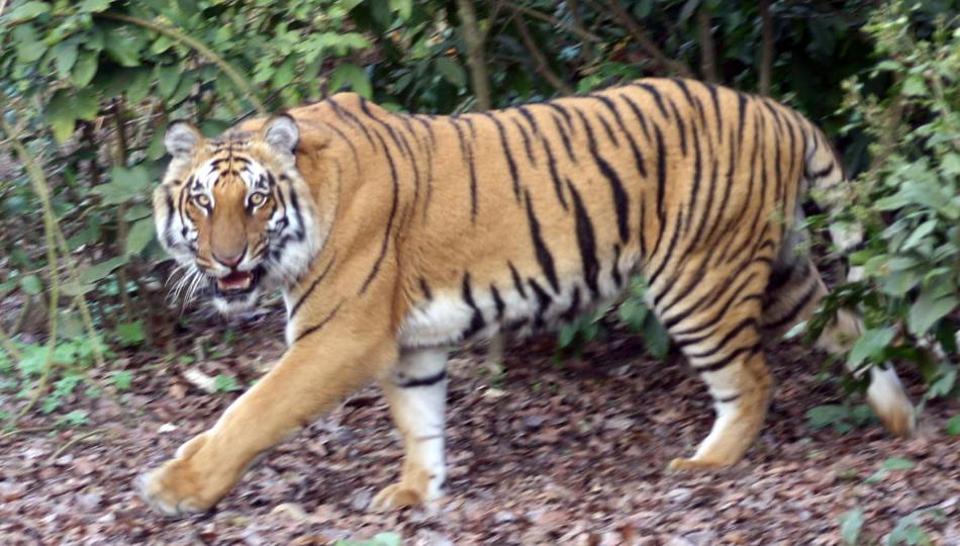Assam’s Orang May Replace Kaziranga As Park With Highest Tiger Density

The tiger population in Assam has increased noticeably from last census but India’s smallest and relatively lesser-known Orang National Park could displace heavyweight Kaziranga National Park as the reserve with the highest tiger density.
Kaziranga had highest tiger density (12.72 per 100 sq km) followed by Corbett in Uttarakhand (11) and Bandipur in Karnataka (10.28) in the 2014 census of the big cat population.
But the latest round of tiger estimation carried out in January to March 2017 could displace Kaziranga from the top slot.
The census has revealed Kaziranga has an estimated 102 tigers – the range is 96-117 – within a core area of 484 sq km, one more than last time in 2014.
Preliminary reports say the 500 sq km Manas National Park and the 79 sq km Orang recorded the presence of 30 and 28 tigers, which is an increase of 16 and four tigers respectively over the last census.
“Kaziranga had the highest tiger density (12.72 per 100 sq km) in India last time. The park should be able to maintain the record,†Kaziranga’s field director Rohini Saikia told HT.
But Sunnydeo Choudhary, the field director of Orang, said the national park would be able to vie for the habitat with the world’s highest density of tigers.
“Going by preliminary estimates, Orang’s tiger density is 35.44 tigers per 100 sq km. Once that is confirmed by NTCA (National Tiger Conservation Authority) and the Wildlife Institute of India, Orang will have a different kind of global distinction,†he said.
Officials in Manas, which straddles India and Bhutan, said the tiger population estimated could be less than the actual number. One of the reasons is the tigers move in and out of Bhutan.
“We believe the actual figure would be more, as tigers have a tendency of hiding their cubs that often escape camera traps,†Manas’s field director HK Sarma said.
In Madhya Pradesh, the state forest department estimates rise of 5-7% in tiger population. According to additional principal chief conservator of forests, R P Singh, there has been an increase of about 7% in the tiger population in Madhya Pradesh compared to 2014, when the state had 300 tigers. The neighbouring Rajasthan known for beautiful tiger habitat could see 15-20% increase in numbers as a new reserve Mukundra Hills has been added to existing two --- Ranthambore and Sariska for the striped cats.
Uttarakhand forest officials also estimate the tiger numbers to increase but say the figure will be known only in the next fortnight.